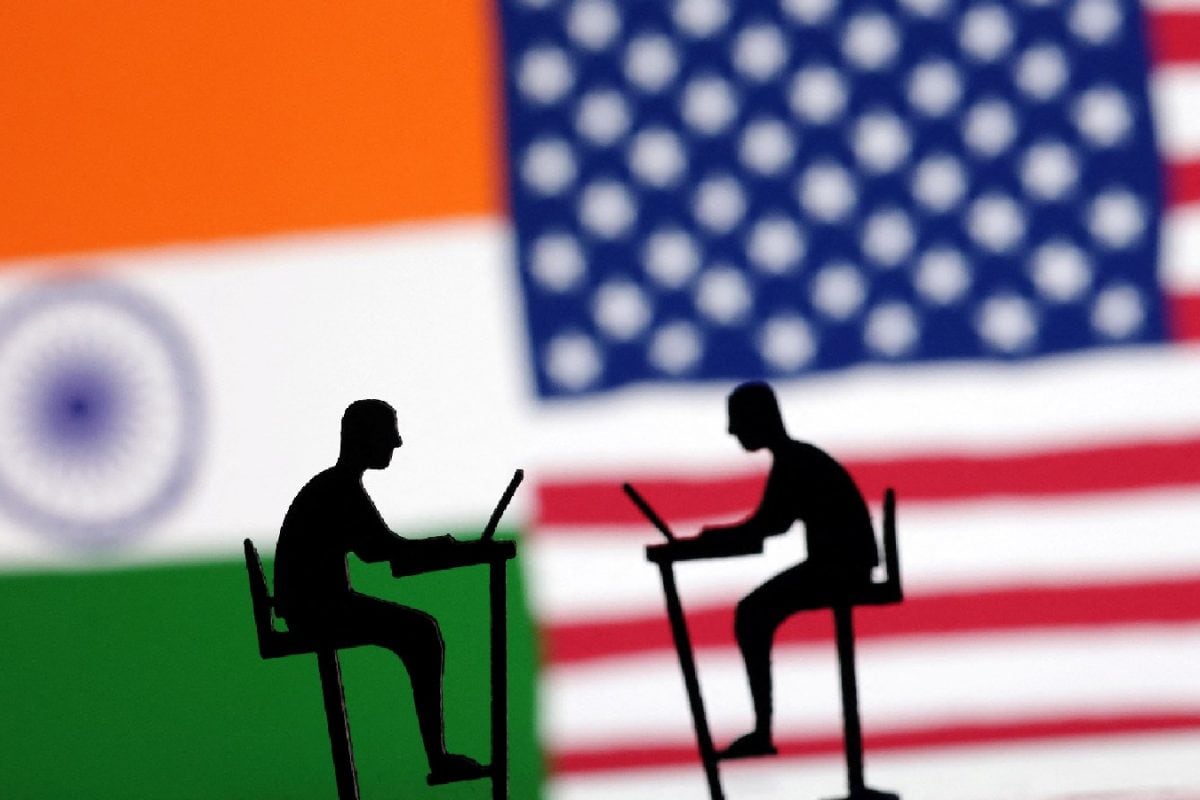

The recent decision by the U.S. to hike tariffs on steel and aluminum imports is casting a shadow over the ongoing trade negotiations with India, potentially jeopardizing the targeted deadline of July 8 for an interim trade deal. Effective June 4, the tariffs have been doubled to 50%, a move that has sparked concerns about its impact on Indian exports and the overall trade relationship between the two countries.
India and the U.S. have been engaged in active discussions to finalize a mutually beneficial trade agreement (BTA), with the goal of significantly increasing bilateral trade to $500 billion by 2030. A U.S. delegation recently visited India for trade talks, with both sides aiming for an interim agreement. The deadline coincides with the expiration of a 90-day suspension of a 26% reciprocal tariff imposed by the U.S. on Indian goods.
However, President Trump's decision to increase tariffs on steel and aluminum has introduced a new layer of complexity to the negotiations. This decision, made under Section 232 of the U.S. Trade Expansion Act of 1962, which allows the President to impose trade restrictions based on national security concerns, has been met with apprehension by Indian manufacturers and exporters.
According to the Global Trade Research Initiative (GTRI), the increased tariffs could impact Indian metal exports worth $4.56 billion. In fiscal year 2025, India's exports to the U.S. included $587.5 million worth of iron and steel, $3.1 billion in iron or steel products, and $860 million in aluminum and related items. These exports now face significantly higher tariffs, potentially affecting the profitability and competitiveness of Indian producers in the U.S. market.
India has already notified the World Trade Organization (WTO) of its intention to impose retaliatory tariffs on selected U.S. goods in response to the initial steel and aluminum tariffs. It remains to be seen whether India will proceed with these retaliatory measures, further escalating trade tensions between the two countries.
The tariff hike also raises concerns about trade diversion. With countries facing similar tariff barriers in the U.S., there is a risk that excess metal may be diverted to India, leading to a surge in cheap imports. This could harm domestic manufacturing and employment in India.
Despite these challenges, both India and the U.S. have expressed their commitment to resolving trade issues through bilateral dialogue. Commerce Minister Piyush Goyal has stated that both nations are actively pursuing a BTA to boost market access for businesses. A U.S. trade team recently extended its stay in India to continue discussions, signaling progress in the negotiations.
The U.S. is seeking better market access for its exports, including oil, defense equipment, soybeans, corn, whiskey, and automobiles, to reduce its trade deficit with India. In return, India is seeking concessions on reciprocal tariffs and improved access to the U.S. market for its labor-intensive sectors, such as textiles and leather products.
While the path forward remains uncertain, both India and the U.S. have strong incentives to reach a mutually beneficial trade agreement. The U.S. is India's largest trading partner, with bilateral trade valued at $131.84 billion in 2024-25. Both countries aim to more than double this figure to $500 billion by 2030.